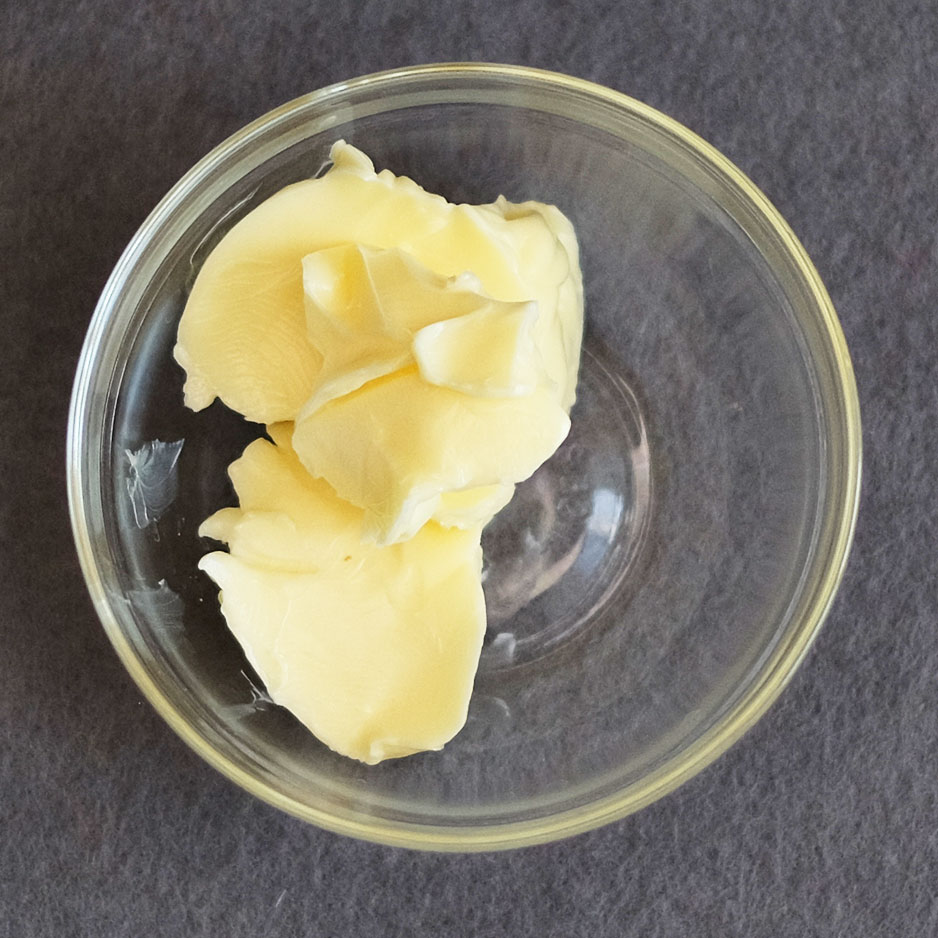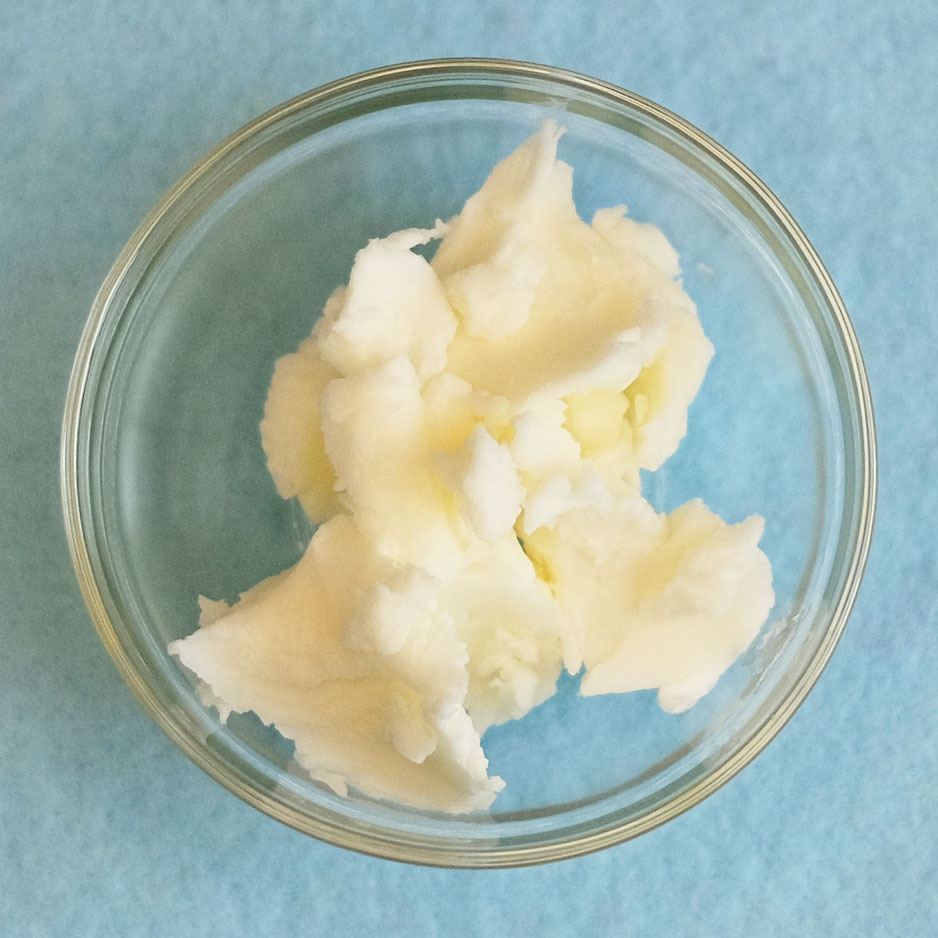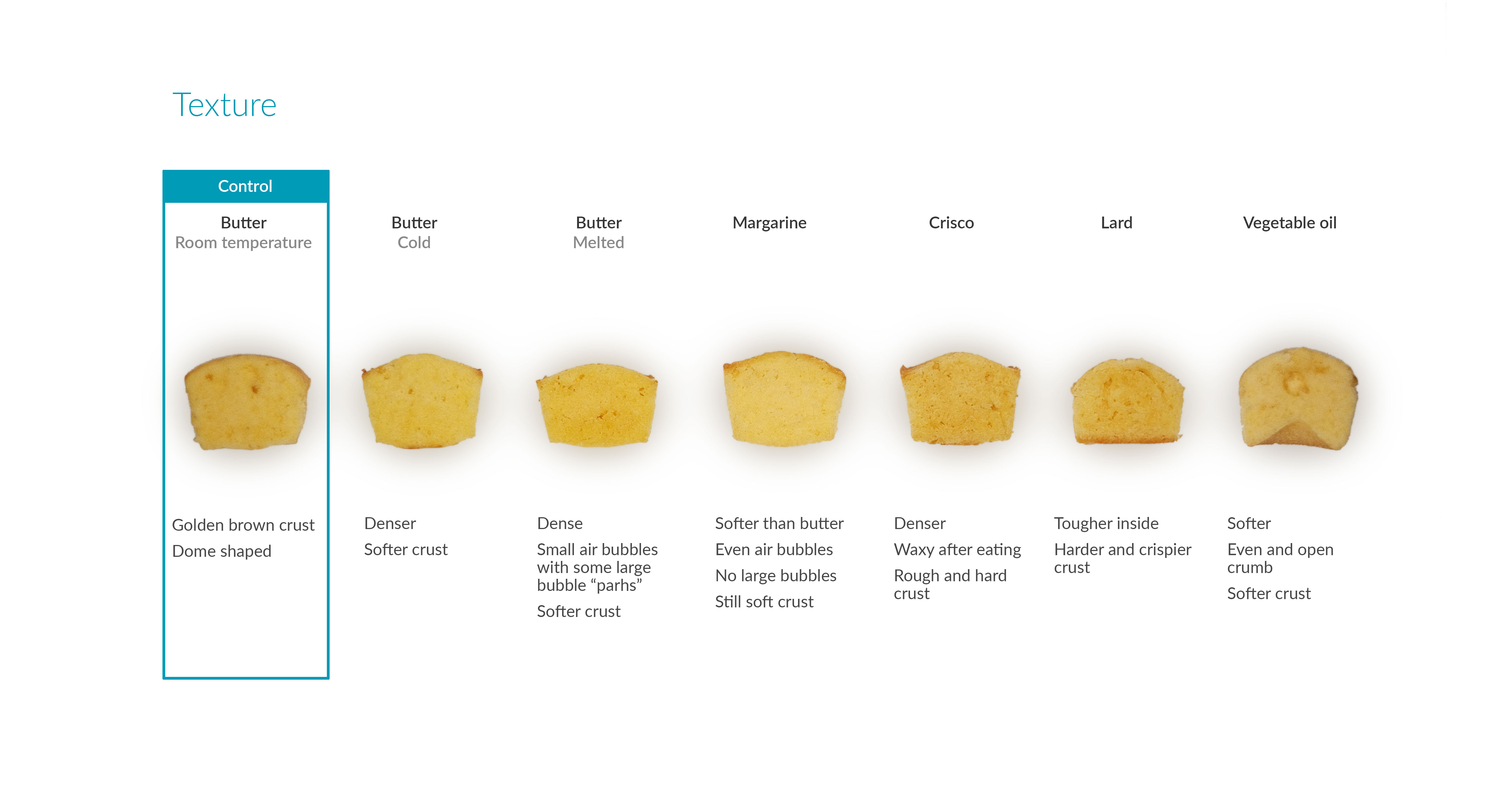What is it and what does it do?
People use liquid sweeteners instead of sugar for many reasons. Sometimes it’s for a special flavour like honey or maple syrup. Sometimes it’s to increase moisture.
Compare the control (white sugar) with any of the liquid sweeteners and we can see the difference on why sugar is so important in many recipes. It makes more of an impact than simply making the cake sweet. It changes the colour, the texture, the flavour, the aroma, the size, etc.
It’s obvious that across the board, the cakes are flat, sunken, and dense. Even the sides is pinched like an hourglass shape. This is because there’s no solid sugar granules to help cut air into the butter, which helps a cake rise. So if you are substituting sugar with a liquid sweetener in a recipe, you can try adding baking powder or soda to help the cake rise. You can also consider only replacing part of the sugar, so the sugar can still help leaven, but you will also get the flavours and benefits of a liquid sweetener.
It is helpful to have a mix of dry sugar and liquid sweetener to get the best of both worlds. Some dry sugar is required to cream the cake or baking powder/baking soda added to make a light cake.
All the cakes are still visibly wet in the middle when the cake with white sugar was done. It does take longer to evaporate off the liquid. So understandably, the liquid sweetener cakes stayed moist for 2 more days than the control.
If you are using it as a substitution for a recipe that calls for dry sugar, remember to decrease the liquid accordingly. Generally it’s easier to substitute dry for dry and liquid for liquid. But with some trials and testing it’s still fairly easy to do. General guideline is for 1 part of liquid sweetener used, remove 0.25 part liquid from recipe. And let’s be honest, the “tests” and “mistakes” I make are just excuses for me to consume one more batch.
Health implications
Fat has a bad rep when it comes to health.
What’s tested
Five common household liquid sweeteners were tested. Realistically most recipes using liquid sweeteners still uses some sugar, but for the sake of this test I wanted to see only the effects of the liquid.
I skipped agave in the hopes that I can make a sugar substitute for health reasons post in the future. Sign up to my newsletter so you will when that article is up!










